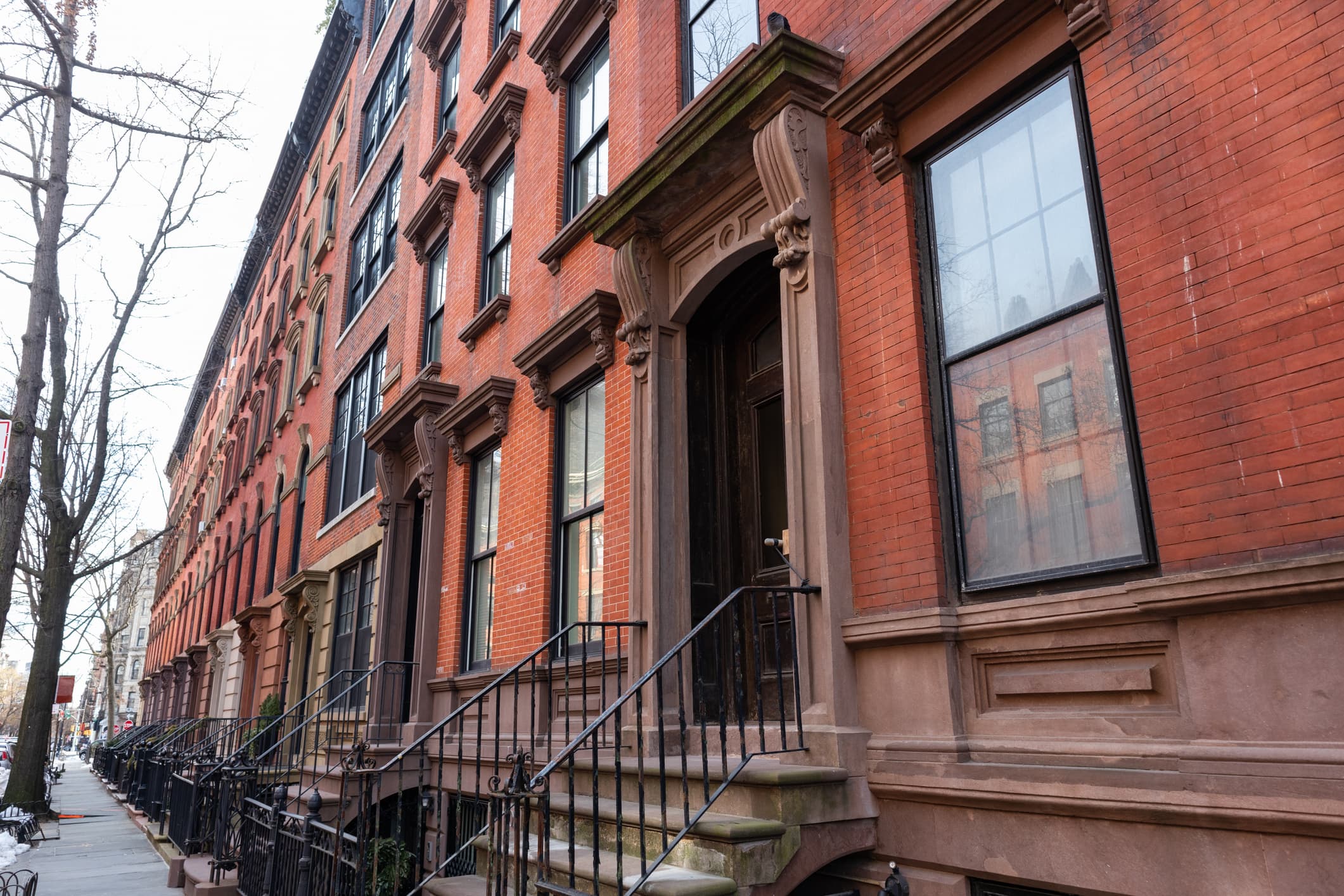
Residential buildings in the East Village neighborhood of Manhattan in New York City.
James Andrews | iStock | Getty Images
The U.S. Supreme Court has struck down at least part of New York’s eviction moratorium, potentially leaving thousands of renters in the state at risk of being forced out of their homes.
The court’s order Thursday focused on the state’s policy of allowing tenants to self-attest that they’ve experienced a Covid-related hardship, rather than documenting the setback with evidence. “This scheme violates the court’s longstanding teaching that ordinarily ‘no man can be a judge in his own case,'” the majority wrote.
Five New York landlords and one landlords’ association brought the challenge against the ban.
The decision could trigger a humanitarian crisis in the state, said Rebecca Garrard, legislative director at Citizen Action of New York.
“Given the sudden notice of this decision, we could see eviction numbers like we’ve never seen before,” Gerrard said.
The statewide ban was supposed to be in effect through August, but now the entire protection is in jeopardy, she said, “If you’ve had a notice of eviction served within the last 30 days, you could be evicted today.”
More than 830,000 tenants in New York are behind on their rent, with an average debt of $4,000.
The ban was too broad and placed an “enormous burden” on landlords, said Olga Someras, general counsel at the Rent Stabilization Association of New York City.
“All you had to do was check a box; in theory, it applied to millionaires,” Someras said. “There were stories where tenants were using the law meant to protect vulnerable New Yorkers as a sword rather than a shield to take advantage of landlords.”
More from Personal Finance:
Federal rental assistance still not reaching people
There are six more months free of federal student loan payments
Make these financial moves before quitting your job
The ruling on New York’s ban is separate from the new nationwide eviction moratorium, announced by the Centers for Disease Control and Prevention earlier in the month. That protection applies until Oct. 3 and to places where Covid rates remain high.
However, the ruling suggests that broader ban may, too, be at risk.
“This is a very bad sign for how the Supreme Court is going to land and rule on the CDC’s moratorium when it inevitably lands at their feet,” Garrard said.




